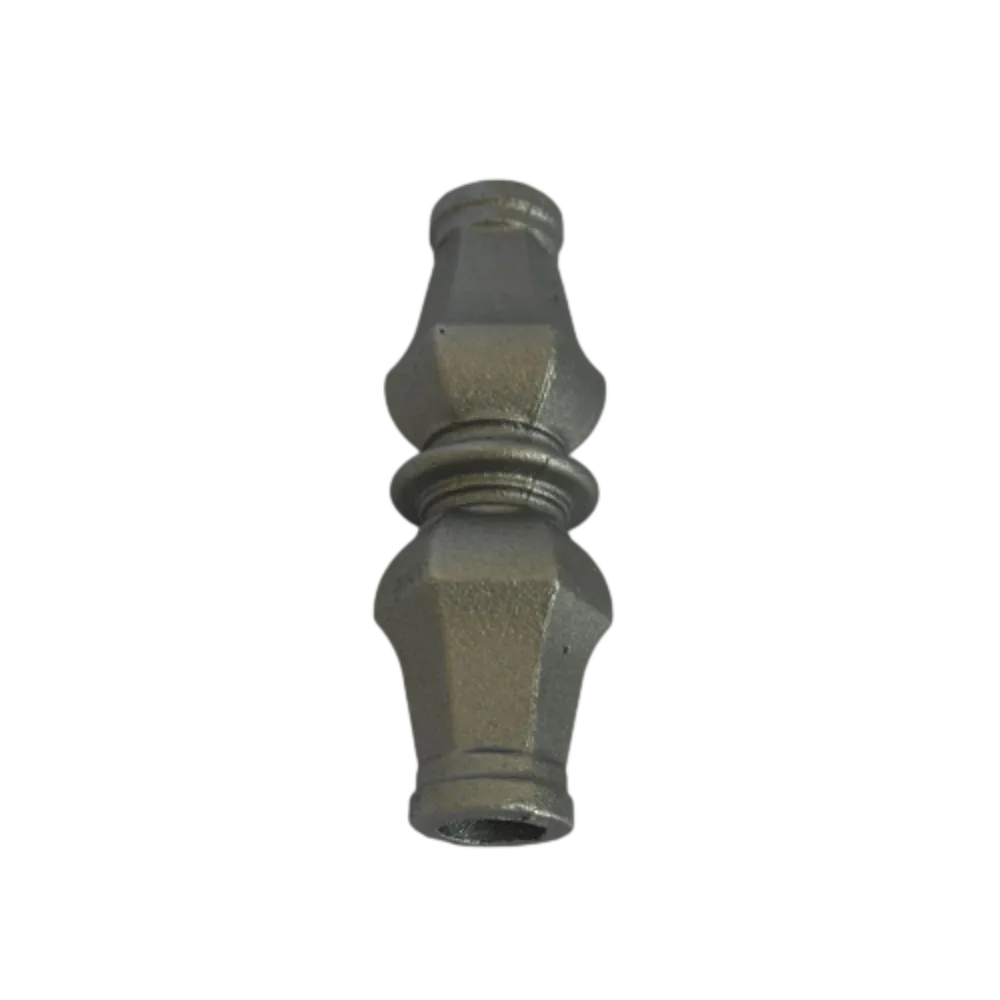Exploring the Artistic Influence and Cultural Significance of Metal Spears in Contemporary Society
Metal Spears A Synthesis of Strength and Artistry
Throughout history, weapons have evolved not just as tools for combat but also as symbols of artistry and culture. Among these, metal spears hold a unique place, showcasing a synthesis of strength, craftsmanship, and daring innovation. This article explores the significance of metal spears, examining their historical context, manufacturing techniques, and their impact on society.
The spear is one of humanity’s oldest weapons, dating back over a million years. Early versions were crafted from wood or stone, but as metallurgy developed, metal became the medium of choice for many cultures. The introduction of copper, bronze, and later iron transformed the spear from a rudimentary tool into a formidable weapon. Metal spears were not only stronger and more durable but also allowed for greater precision in crafting tips and shafts. This is particularly evident in ancient civilizations such as the Greeks and Romans, where the spear was a staple of infantry weaponry.
In ancient Greece, the spear was a symbol of the warrior's nobility. The *dory*, a long spear used by hoplites, was not only a weapon but also a part of their identity. Crafted with care, the metal heads were forged to create sharp, balanced points suitable for thrusting and throwing. The beauty of these spears often lay in their decorations; intricate engravings and etchings adorned their metallic surfaces, embodying the aesthetic values of the time. Similarly, in the Roman legions, the *pilum*, another type of spear, was engineered for both combat effectiveness and mass production. Its design showcased a combination of practicality and artistry, with a focus on creating a weapon that could pierce armor while still being lightweight.
metal spears

The artistry of metalwork extended beyond mere functionality. Blacksmiths and metalworkers became revered figures in their communities, often glorified for their ability to create not only weapons but also ceremonial spears used in rituals and warfare. These ceremonial spears, though not intended for combat, were often adorned with precious metals, stones, and intricate designs, elevating them to works of art. The craftsmanship involved in their creation reflected the culture, beliefs, and social structure of the society that produced them.
As societies evolved, so too did the role of metal spears. In the Middle Ages, they became central to the rise of cavalry and knights, who used lances—an extension of the spear—for long-range attacks during battles. The craftsmanship of these lances often involved elaborate designs, showcasing the owner's status and wealth. The importance of metal spears continued in various cultures around the world, from the African Zulu’s *assegai* to the Asian *yari*, each reflecting regional aesthetics and combat styles.
In contemporary times, metal spears persist as significant elements in cultural heritage and martial traditions. Modern artisans still honor ancient techniques, restoring traditional spear-making methods that blend historical craftsmanship with contemporary materials. Spear-throwing competitions and martial arts practices that feature spears showcase both skill and respect for the weapon's history. Furthermore, the artistic depiction of spears in films, literature, and art continues to capture the imagination, serving as a reminder of their storied legacy.
In conclusion, metal spears represent more than just instruments of war; they are a testament to the creativity and resilience of human beings. As we continue to explore and celebrate these remarkable artifacts, we gain insights into the technological advancements and cultural values of past societies. The metal spear stands as a symbol of strength, artistry, and the enduring human spirit, bridging the gap between functionality and beauty across ages. Its legacy will undoubtedly continue to inspire future generations in both martial and artistic endeavors.
-
Wrought Iron Components: Timeless Elegance and Structural StrengthNewsJul.28,2025
-
Window Hardware Essentials: Rollers, Handles, and Locking SolutionsNewsJul.28,2025
-
Small Agricultural Processing Machines: Corn Threshers, Cassava Chippers, Grain Peelers & Chaff CuttersNewsJul.28,2025
-
Sliding Rollers: Smooth, Silent, and Built to LastNewsJul.28,2025
-
Cast Iron Stoves: Timeless Heating with Modern EfficiencyNewsJul.28,2025
-
Cast Iron Pipe and Fitting: Durable, Fire-Resistant Solutions for Plumbing and DrainageNewsJul.28,2025
-
 Wrought Iron Components: Timeless Elegance and Structural StrengthJul-28-2025Wrought Iron Components: Timeless Elegance and Structural Strength
Wrought Iron Components: Timeless Elegance and Structural StrengthJul-28-2025Wrought Iron Components: Timeless Elegance and Structural Strength -
 Window Hardware Essentials: Rollers, Handles, and Locking SolutionsJul-28-2025Window Hardware Essentials: Rollers, Handles, and Locking Solutions
Window Hardware Essentials: Rollers, Handles, and Locking SolutionsJul-28-2025Window Hardware Essentials: Rollers, Handles, and Locking Solutions -
 Small Agricultural Processing Machines: Corn Threshers, Cassava Chippers, Grain Peelers & Chaff CuttersJul-28-2025Small Agricultural Processing Machines: Corn Threshers, Cassava Chippers, Grain Peelers & Chaff Cutters
Small Agricultural Processing Machines: Corn Threshers, Cassava Chippers, Grain Peelers & Chaff CuttersJul-28-2025Small Agricultural Processing Machines: Corn Threshers, Cassava Chippers, Grain Peelers & Chaff Cutters












